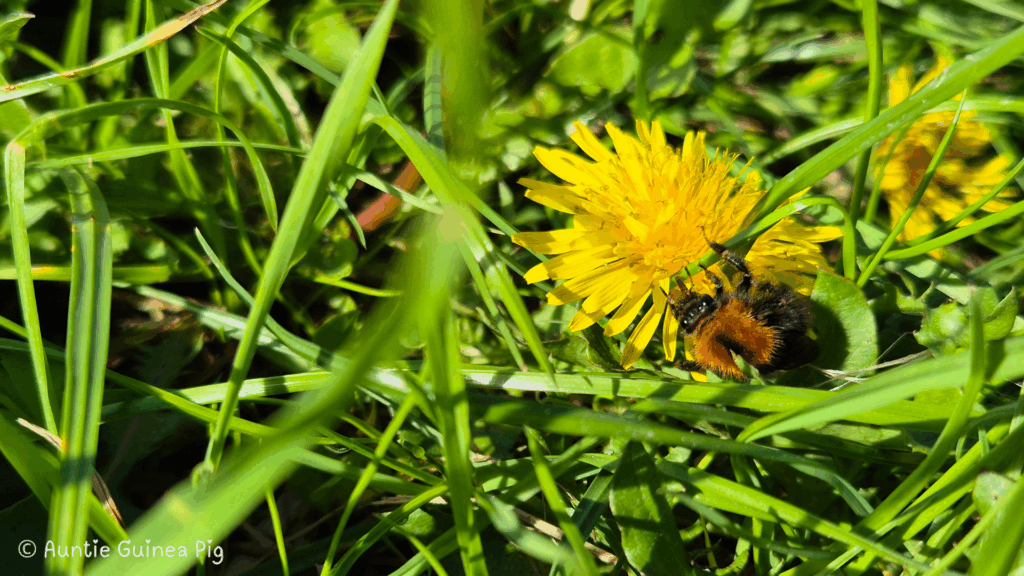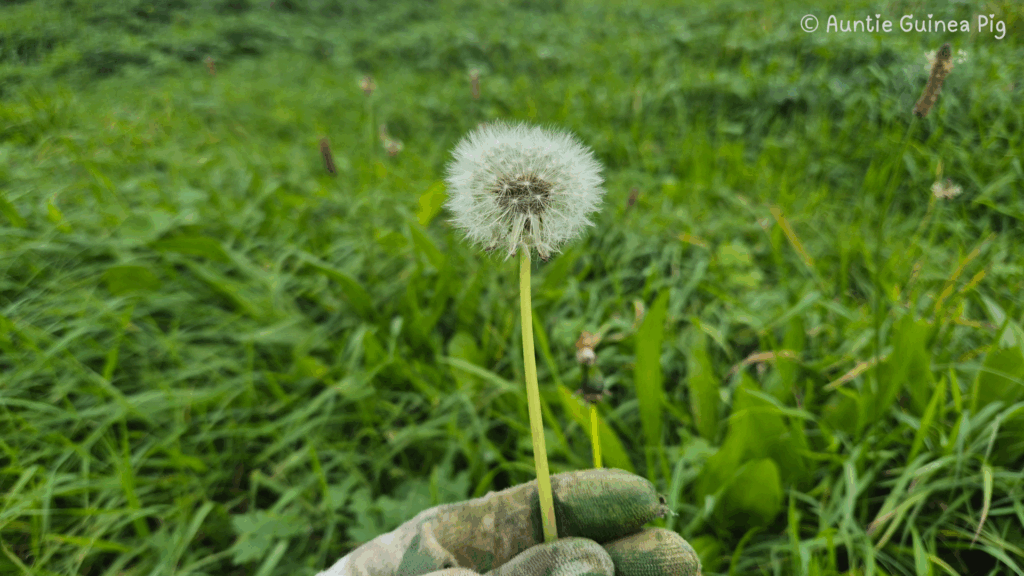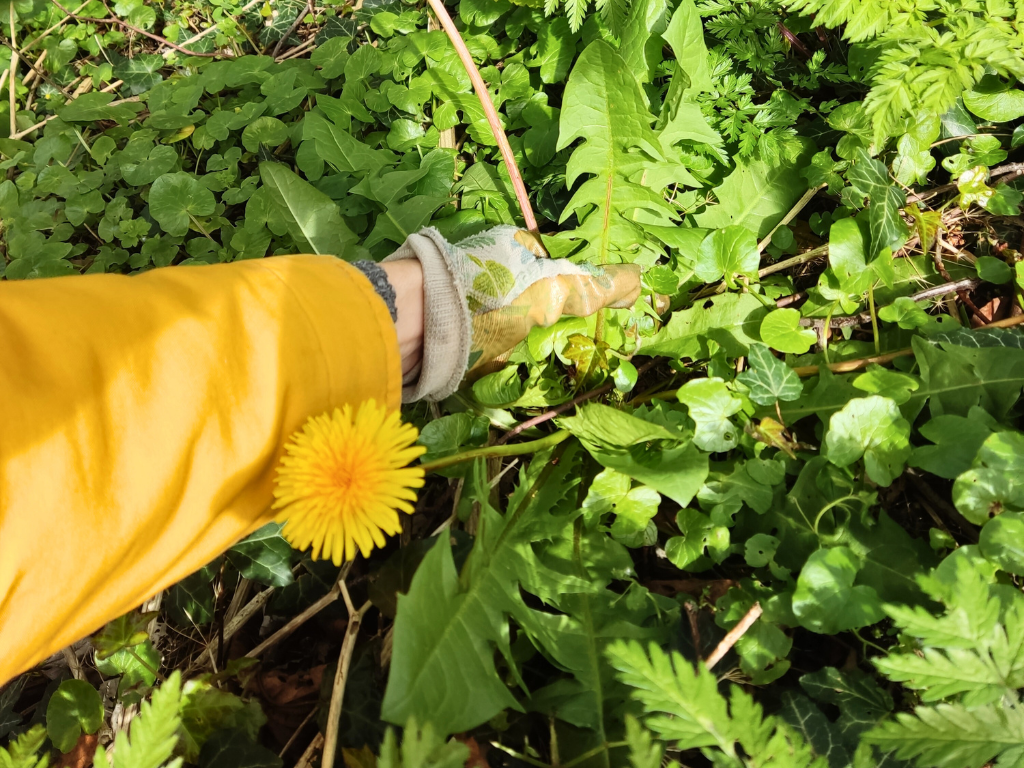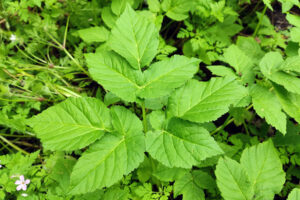Dandelion, Foraging Guide for Guinea Pigs
Can guinea pigs eat dandelion?
This plant is edible for guinea pigs
Where?
All over the world
When?
March to October
What?
Important feed plant. A diuretic that helps gut stimulation. A power herb!
How to recognize dandelion




When foraging, be mindful of mildew. Because dandelion thrives in wet climates, it’s also quick to pick up this fungus. Always check if the leaves look fresh and green without white spots.
When and where does dandelion grow
Dandelions begin to grow in early spring, from as early as March on the Northern hemisphere [1][2] Flowers start blooming in April[2] and bloom throughout the summer into fall.
It’s a sturdy plant, which grows back every year and spreads easily through its flowers, that change from bright yellow to very light, dusty seeds that spread with the wind or from enthusiastic kids blowing on it.
The plant grows all over the world where there is vegetation. It does best in wet, half-sunny environments and temperate climates.
Different names for dandelions
Here are some common names in different languages.
| Latin | Taraxacum officinale |
| English | Dandelion – Common dandelion |
| German | Gewöhnliche Löwenzahn |
| French | Pissenlit |
| Spanish | Diente de león |
| Dutch | Paardenbloem |
| Danish | Almindelig Mælkebøtte |
Contents and nutrients of dandelions
Dandelions are a very healthy feed plant and power herb for your guinea pigs and yourself. Your guinea pig (and you!) can eat all parts of the plant: the flowers, leaves, stem and root. The plant contains a relative high amount of potassium (4.5% in the leaves and 2.5% in the root)[3], but because of the high water contents and supporting flavonoids, this is not a problem for your guinea pigs. The general diet of guinea pigs should contain a lot of water through leafy greens and grass.
The contents of the plant differs per maturity level. In spring the plant contains relatively more fructose (about 18%) and less inuline (2%). In fall the plant can contain up to 40% inuline (which helps to stabilize those blood sugar levels).[3] When providing dandelions from spring to fall, you will notice your guinea pigs will favor it in certain months. In my experience, mostly in months when the weather is very changable, such as when you transition to a different season. The guinea pigs will know when they need its support, and when they prefer other plants!
Below are listed the contens of dandelion per 100mg:
| Water contents | 89.9% |
| Protein | 3.3 g |
| Potassium | 590 mg |
| Phospor | 68 mg |
| Magnesium | 23 mg |
| Calcium | 50 mg |
| Iron | 1.2 mg |
| Vitamine C | 115 mg |
Sources for nutrient count
- [5] Salades van de Godin: Eetbare wilde planten, 2005. (Wijn, Monique). De Godin, eetbaar landschap, Winsum.
Medicinal uses of dandelions
Despite being a feed plant, dandelions have many medicinal uses. It’s a diuretic, so it helps to expel water. It lowers blood sugar levels and is purifying to the blood. It supports the liver and digestive system. It’s also helpful for joint pain.[2][3] The root in particular is used as a detoxing element, beneficial for kidney stones and liver[4][5] This works through bitter substances that increase production of the gallbladder. Already in the Middle Ages this plant was used for medicinal purposes. The roots can even be used as a substitute for coffee![5]
Outwardly, the milky juice of the dandelion stem has historically been used to treat warts and eczema.[1]
It’s a bitter tasting plant that you can also eat yourself! All parts of the plant are edible: flowers, leaves and roots. Most guinea pigs will prefer the leaves above all. Roots can be dug up and given through winter. However, leave enough roots for the dandelions to grow back next season!
Because of its strong diuretic effect, dandelion is not recommended for use during pregnancy!
How to plant dandelions yourself
Dandelions are a useful plant to have in your garden, although most people consider them weeds! You can grow them from seed from organic stores. But it may be easier to dig up some existing dandelion plants with the root and re-plant them. Give them a lot of water in the first days, and they will thrive in their new garden.
Sources
- Eetbare Wilde Planten (Fleischhauer, S.G., Guthmann, J., Spiegelberger, R.), 2015. Schildpad Boeken, ISBN: 978-90-77463-25-3. Transl. from German
- Welke Eetbare Wilde Plant is dat? (Bastgen, C., Schröder, B., Zurlutter, S.), 2023. Kosmos Uitgevers, ISBN: 978-90-4392-881-6. Transl. from German
- Kruiden: Geneeskracht & Boodschap. Jaaropleiding Kruidenvrouw. (Jongbloed, A.), 2023. Self-published. Dutch.
- Fytotherapie, Medicinale Kruiden- En Plantengids, 2021. De Driehoek Uitgevery, ISBN: 2-914923-20-1.
- Salades van de Godin: Eetbare wilde planten, 2005. (Wijn, Monique). De Godin, eetbaar landschap, Winsum.




